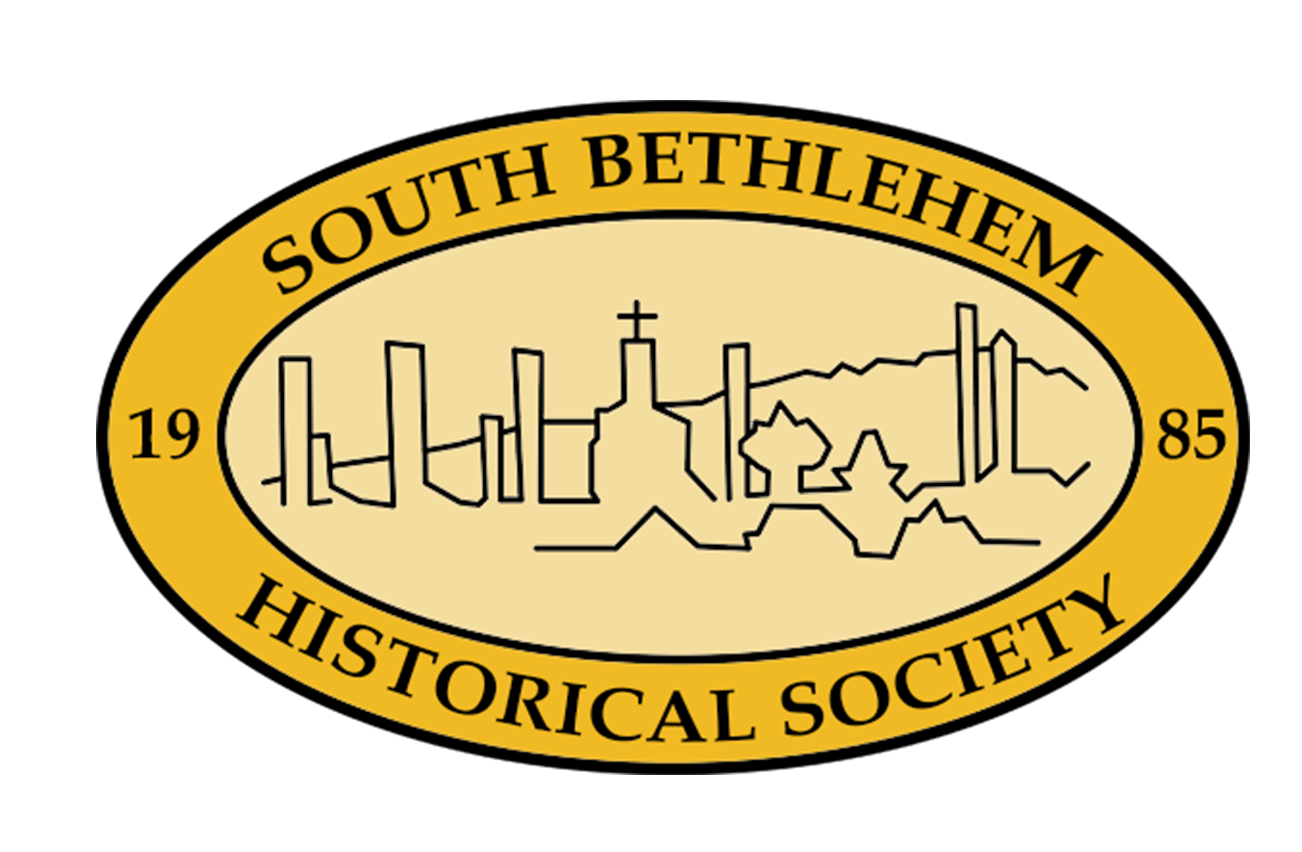Hungarians—the largest ethnic group of immigrants to settle in South Bethlehem—outnumbered the Czechs, Slovaks, German, Italians, Greeks, Poles, Ukraines, Croatian, Slovenes and Windish by the year 1910.
These Magyar immigrants from Hapsburg Austria-Hungary, added to the collective diversity of ethnic groups who labored amidst the clanging metal, searing flames and belching smoke of Bethlehem Steel. Unfortunately, ethnic Hungarians were grossly misunderstood by Bethlehem’s reserved and well-established north side, who lumped all Southside immigrants from Central, Southern and Eastern Europe as “foreigners.” This misunderstanding created ethnic stereotypes perpetuated by newspaper editors who snidely characterized Hungarians as “Huns” and “Hunkies.”
Like most immigrants, the Hungarians got over it and went to work at the blast furnaces at Bethlehem Steel or had their own businesses. Miraculously, Hungarian Lutherans, Jews and Roman Catholics were able to establish ethnic churches with every cent they earned: Zion Hungarian Lutheran Church at E. Fourth and State Sts.; Brith Sholom Community Center at Brodhead and E. Packer Aves.; and St. John Capistrano Roman Catholic parish—a church, a parochial school and a rectory on E. Fourth and Hayes Sts.
Pearl Pondelek Bodor, whose parents Frank and Elizabeth (Ceban) Pondelek, owned Hygrade Meat Market at 418 E. Fourth St. during the 1930s, recalled a favorite Hungarian tradition: “It centered around New Year’s Eve,“ she said. “My brothers, Jimmy and Alfred Pondelek went around to every southside hotel and bar, playing Hungarian songs on their violins.”
Hungarians like John F. Stefko attended the South Bethlehem Business School, then established a liquor store on Third St.; D.B. Czentericz was proprietor of East End Pharmacy on E. Third St.; Adolph Friedman owned Friedmans Hotel at 429 E. Third St.; and Frank Biro, an accomplished violinist and sculptor, who opened his photograph studio on E. Fourth St., earned the reputation of imaging thousands of Southside immigrant portraits and weddings.
The Municipal Market House opened in 1892: it was home of the mayor’s office, the police department and the jail, aka “the Enjoying more “Hungarian Nights” lockup.” But its most important attraction was the first-floor market itself—a favorite destination of north siders and Southside immigrants who shopped side by side until the market closed in the 1960s. In time, the “Hungarian” presence soon became part of the total cloth of Bethlehem in the form of seasonal, and of course—culinary traditions.
Classic Hungarian dishes still enjoyed by Bethlehemites today include: Beef Goulash (Bogracs Gulyas); Pork Goulash (Szekely Gulyas); Potato and Egg Casserole (Rakott Krumpli); Chicken Paprikas (Csirke Paprikas), Filled Cabbage (Sarma) and Dumplings and Rye bread. Meals finished with desserts in flaky crusts—Apple Strudel (Jabocni Retas), Cabbage Strudel (Zelnati Retas), Cheese Strudel (Sir Retas)—and the 19thcentury dessert invented by a Hungarian chef . . . the eight-layer Dobos Torte.
Red and white Hungarian wines were served during dinner, followed by a dessert wine—the sweet Tokay “cordial.”
Enjoying more “Hungarian Nights”
The collaboration between Starters Riverport and the SBHS on ‘Hungarian Nights’ created a family dinner atmosphere for many who enjoyed authentic Hungarian fare, like the Donchez family (above) on the evening of Nov. 2, 2011. photo: Dana Grubb

